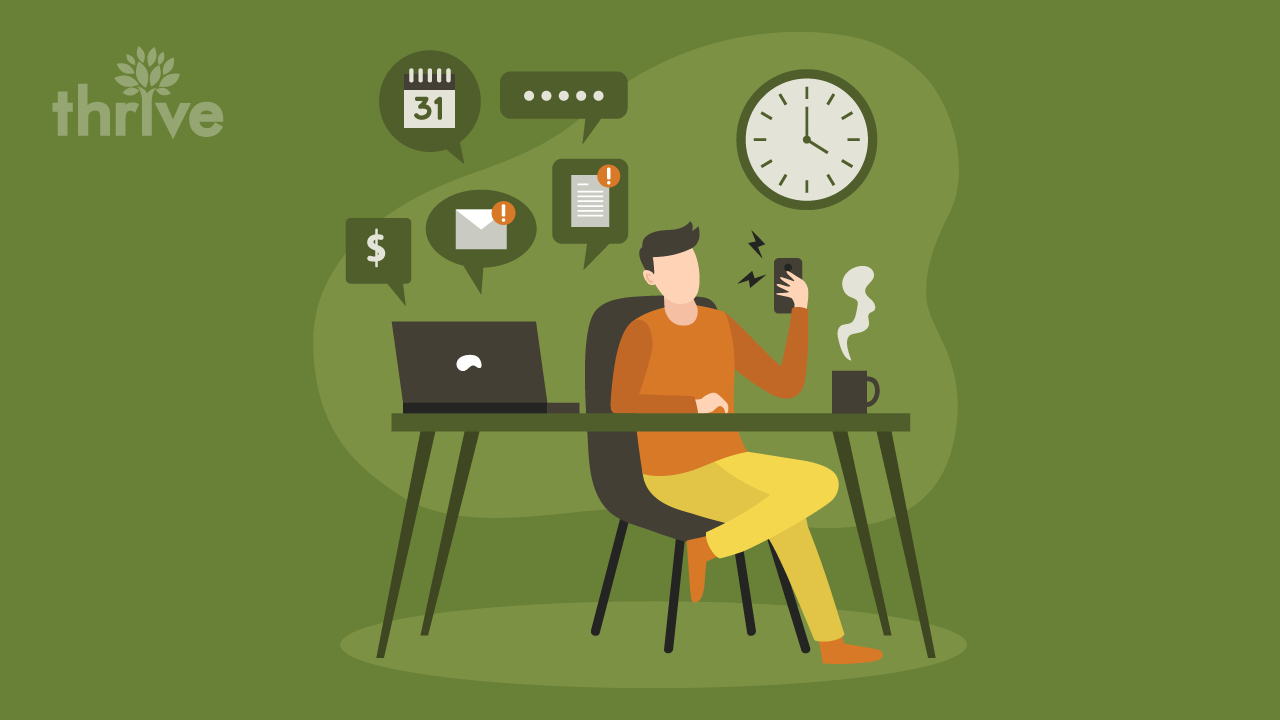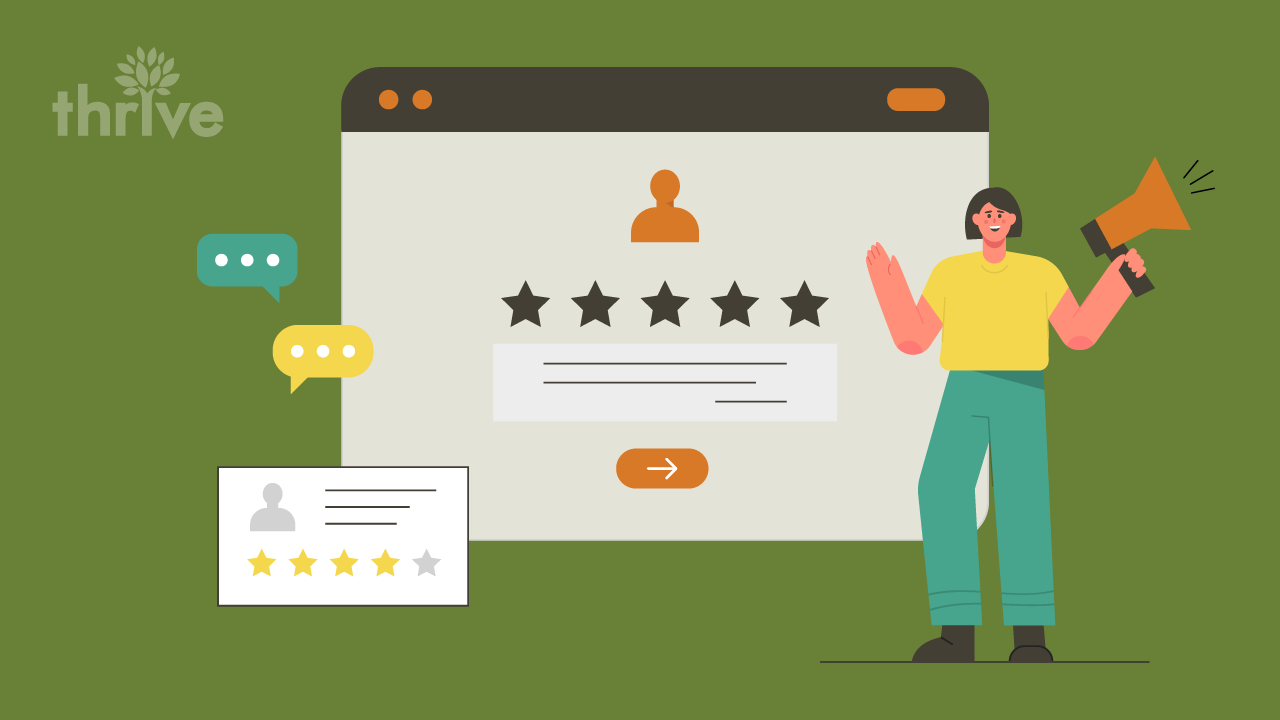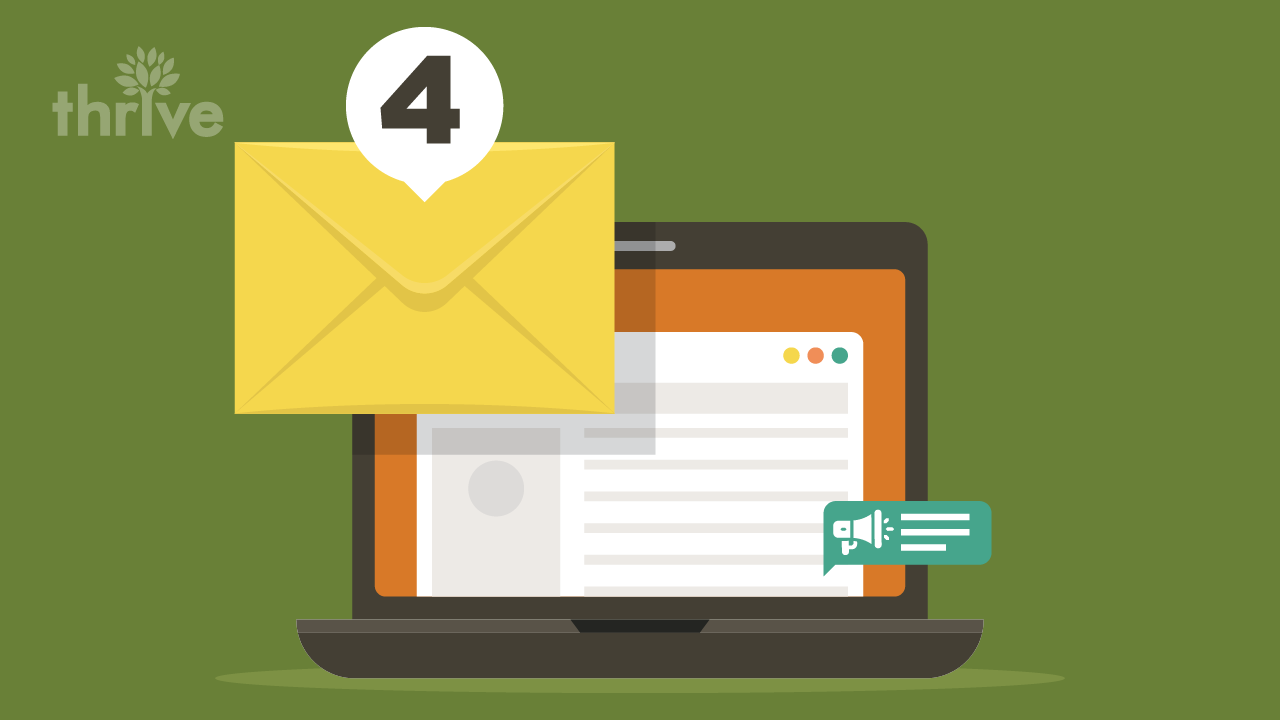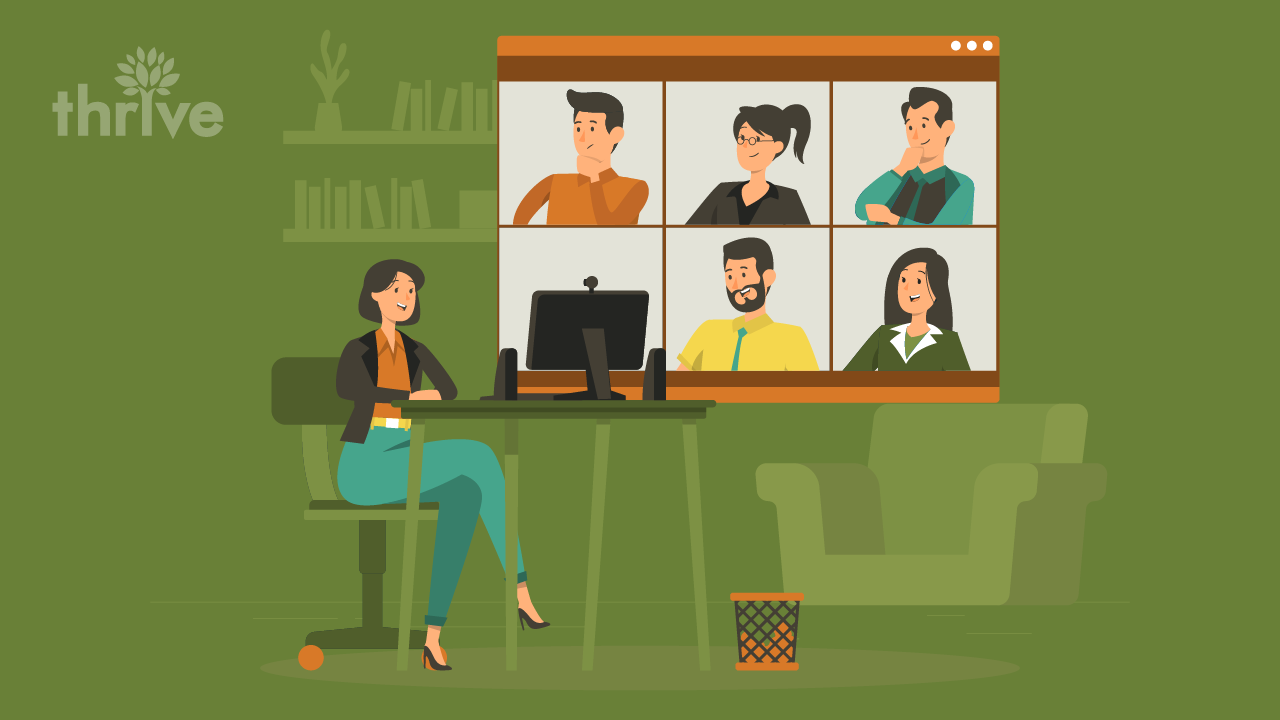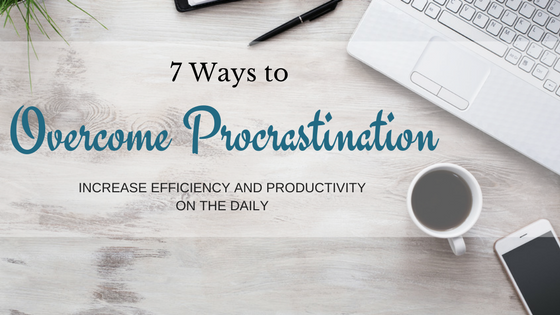
Procrastination: we all know the feeling. While you should be working on that big project, you’re scrolling your Facebook feed or shopping online. In the age of the internet, it’s easier than ever to fall victim to procrastination, and most of us likely lose thousands of working hours each year as a result.
Over time, these hours build up. If you shudder to think about how much more efficient you could be if you stopped with the procrastination, you’re not alone. Fortunately, there’s a way out.
Today, we’re going to talk about 7 tried-and-true ways to stop procrastinating and get more done, right now.
7 Tips to Beat Procrastination and Become More Efficient
Today, roughly 1 in 5 adults are chronic procrastinators. To kick this nasty habit to the curb and start being more productive every day, follow these 7 tips:
1. Understand Where (And Why) You Procrastinate
The first step to beating procrastination is understanding it. What causes you to procrastinate? Why do you do it? Is there a particular task, project, or time of the day that triggers your procrastination? When you procrastinate, what do you do instead? Identifying these things is a fantastic way to start pinpointing your procrastination triggers and battling them as efficiently as possible.
2. Get Comfortable
Believe it or not, procrastination is worse when we’re tired, hungry, or anxious. To be as efficient as possible, we need to get comfortable. With this in mind, take the time to set yourself up correctly before you dive into that next big project.
Something as simple as eating a healthy snack and taking a quick break before you dive into your next task can help set you up, emotionally, mentally, and physically, to conquer the task efficiently and completely.
If you notice, halfway through, that you’re getting uncomfortable again, take a short break to address whatever your need is and then get back to work.
3. Reward Yourself For Productive Times
Just as we reward children and dogs for good behavior, we also need to reward ourselves. This is especially important when you’re trying to build a habit of consistent productivity. To incentivize yourself to do the work, try setting up a reward-based system. For example, “If I write this blog post, I can go for a walk” or, “When I finish this report, I can meet my friend for dinner.”
While it sounds simplistic, rewarding ourselves for good behavior is a great way to promote productive habits and start eliminating procrastination.
4. Set A Start Time
If you don’t have a set start time for a task, procrastination becomes much more likely. With this in mind, force yourself to begin a task by setting a concrete start and end time. In most of the tasks we want to procrastinate, getting started is the hardest hurdle to clear. Once you’ve done this, however, the rest flows.
If you’re having an especially difficult time getting started, set a start time and then give yourself a window of an hour or thirty minutes. For that time, do nothing but work on the task at hand. When that initial “window” is up, take a short break (reward yourself for your productivity), and then start again, with another small window.
This approach serves two purposes: it helps you force a start while also keeping your hands-on time finite enough so as not to be overwhelming.
5. Set Yourself Up For Success
It’s impossible to expect productivity and efficiency if your environment is begging for distraction and procrastination. With this in mind, set your immediate surroundings up for focus and effectiveness. Here are some tips:
• Remove unnecessary screens. Turn off the TV, put your phone on airplane mode, disable push notifications, and get rid of tablets and any other unneeded tech. The only screen you should have in the room is the one you’re working on.
• Turn on some music. Music can enhance productivity in some people. For best results, turn on some quiet, instrumental music to drown out background noise and keep you on-task. Experiment with music to find which genres you work best with, and then make it a part of your daily productivity strategy.
• Set working hours. If you work in a flexible environment, such as a work-from-home or remote position, having regular working hours is critical to productivity. For best results, give yourself start and end times, just like you’d have if you worked in an office. Once you’ve established these work hours, stick to them.
• Don’t check your email. The average person checks his or her inbox 15 times each day. To reduce distractions and get more done, however, new studies recommend cutting that down to just three times a day. When you’re working, avoid the temptation to check your inbox compulsively. It will damage your focus and lead you off-task.
6. Make A To-Do List
An old-fashioned to-do list is one of the best anti-procrastination tools out there. At the beginning of each week (or day, if that works better for you), make a list of what you need to complete. As you finish the tasks, check them off the list.
This is a simple source of positive reinforcement that allows you to hold yourself accountable and get more done. Plus, research shows that people who put their goals in writing are more likely to achieve them.
7. There’s An App For That!
Using a scheduling program or app, such as Asana or Trello, may be helpful as well. These are great for individuals, as well as businesses or other groups of people who work together.
Asana is a task management tool where you create your own virtual ‘workspaces.’ Within each workspace, you assign yourself (or others) tasks. Within each task, users add notes, comments, attachments, etc. When the task is complete, or its status changes, you may mark it as such, and any followers of that task will be updated.
Trello is a web-based project management application. Users create ‘boards;’ within these boards are ‘lists” containing tasks or projects. Each list contains ‘cards’ which correspond to different tasks. Cards are progressed from one list to the next (drag-and-drop format) as they flow through the completion process. Boards may be shared and/or grouped into ‘organizations’ if necessary.
Procrastination Stops Here
Procrastination affects people in all industries and specialties, but it stops right here, right now. By implementing these 7 simple strategies, you will lose less time to procrastination and start enjoying happier, more productive days.
Need a partner in productivity? Let us help! Contact Thrive Internet Marketing to outsource some or all of your daily marketing duties and help your business grow – starting today.

